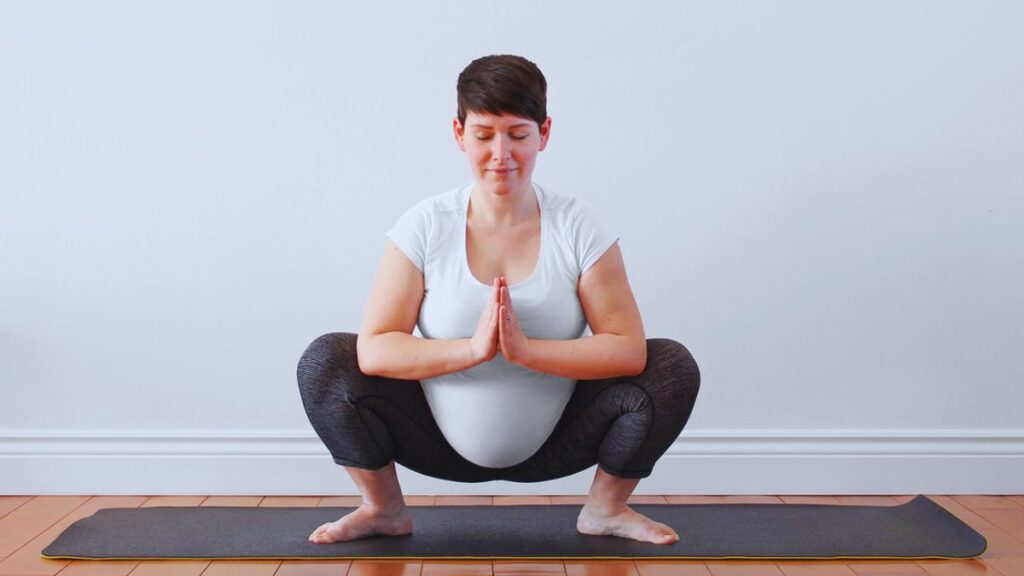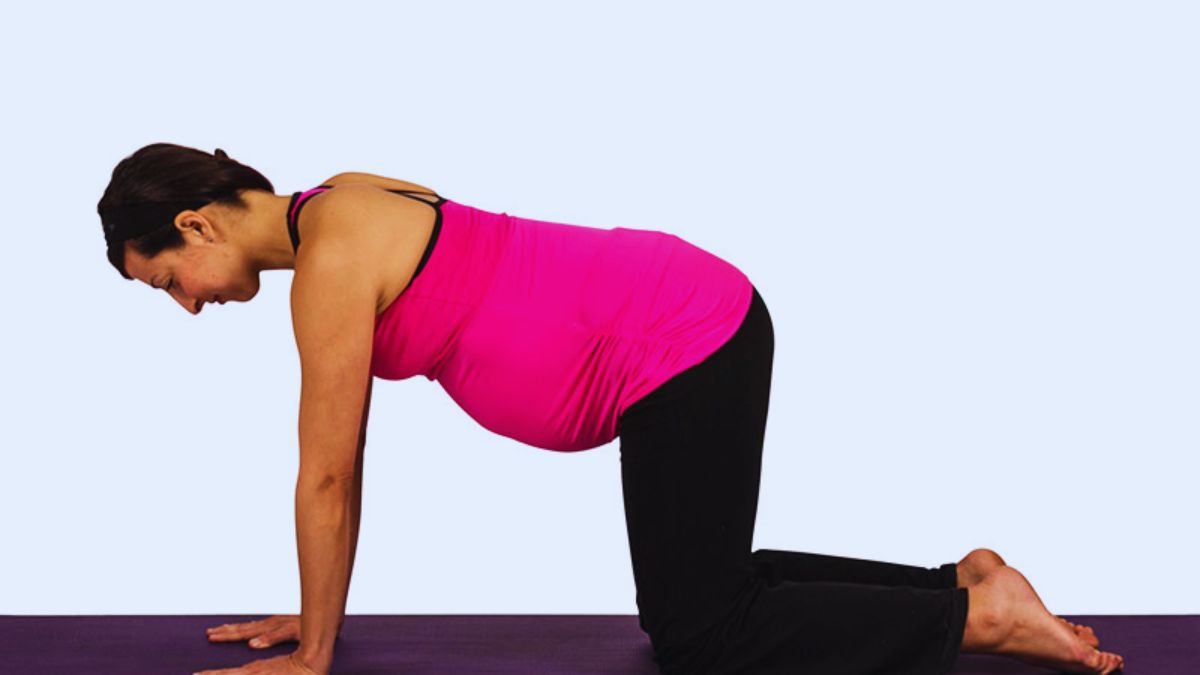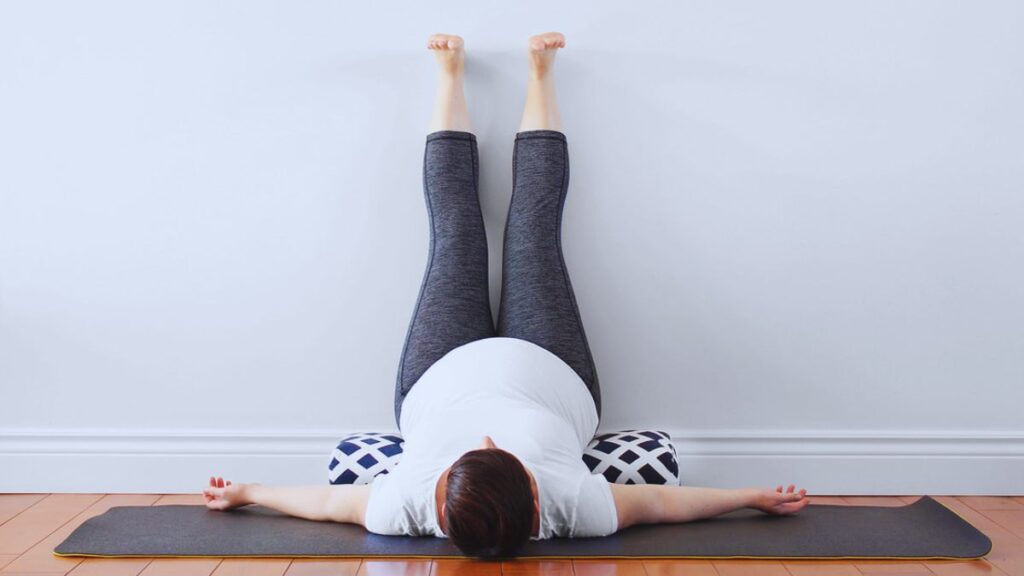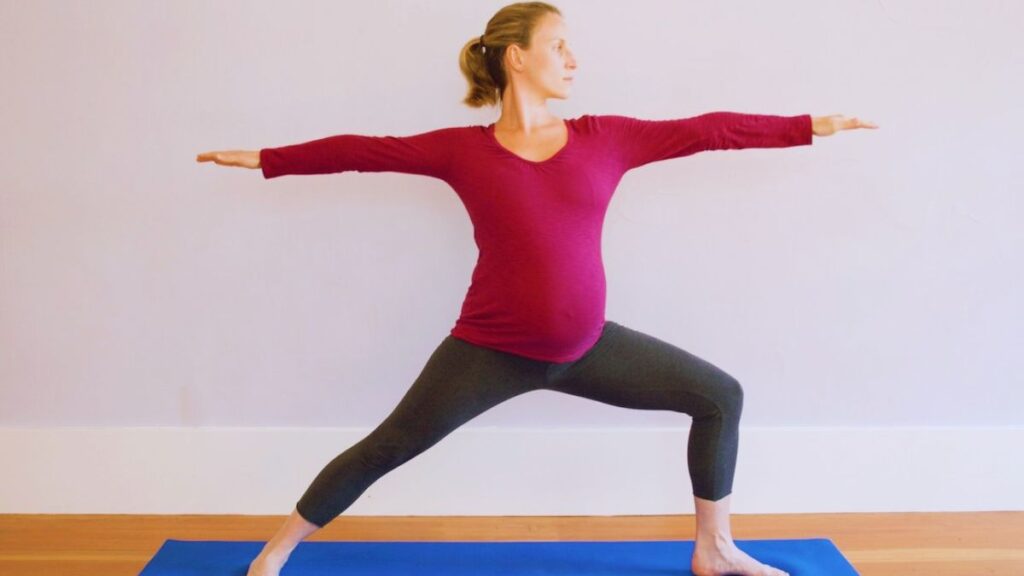Pregnancy is termed as one of the most beautiful yet delicate phase in a woman’s life. While nurturing a new life within, a mother-to-be must take conscious steps to maintain her mental and physical well-being. Among the various wellness practices available, yoga stands out as a safe, natural, and an effective method to promote a healthy pregnancy and support a safe delivery. This practice has been coined as ‘prenatal yoga‘.
It not only prepares the body for labor but also calms the mind, reduces pregnancy-related discomforts, and improves the flexibility and stamina to build the endurance. Certain yoga asanas (postures), when practiced under expert guidance and after doctor’s consultation can be particularly beneficial for ensuring a smoother delivery process. Here are 5 yoga asanas that are widely recommended for safe delivery in pregnancy:
5 Yoga Asanas for Safe Delivery:
1) Butterfly Pose (Baddha Konasana) –
Meaning: “Baddha” means bound, and “Kona” means angle in Sanskrit.
This seated posture resembles the wings of a butterfly in motion and helps open the hips and inner thighs, preparing the pelvic region for childbirth. The pose has been depicted in the image below.
Benefits:
- Stretches the inner thighs, hips, and pelvic area.
- Increases blood flow to the pelvic region.
- Helps open up the hips, making labor easier.
- Can ease delivery by improving the flexibility of the perineal region.

2) Garland Pose (Malasana) –
Meaning: “Mala” means garland, referring to the way the body is shaped in this squatting posture. A deep yogic squat that strengthens and stretches the hips and lower back, Malasana is an excellent asana for promoting flexibility and supporting natural delivery. The pose has been depicted in the image below.
Benefits:
- Opens the hips and strengthens the lower back and pelvic muscles.
- Enhances flexibility in the thighs and groin.
- Encourages optimal foetal positioning.
- Prepares the body for the birthing process by mimicking the natural delivery position.

3) Cat-Cow Pose (Marjaryasana – Bitilasana) –
Meaning: “Marjari” means cat and “Bitila” means cow in Sanskrit.
This gentle, flowing movement between two postures stretches the spine and abdomen, relieving back pain and encouraging the baby into an optimal birth position. The cat and cow pose is one of the most effective asanas and has been depicted in the image below.
Benefits:
- Improves spine flexibility and relieves back pain.
- Enhances circulation and creates space for the baby.
- Encourages the baby to move into the correct head-down position for delivery.
- Helps in releasing stress and maintaining mobility of the spine

4) Legs up the Wall (Viparita Karani) –
Meaning: “Viparita” means inverted and “Karani” means action.
This semi-inversion pose calms the nervous system and reduces leg swelling, offering rest and relaxation during pregnancy. It is a highly prevalent and commonly practiced yoga posture, which is known to have multiple benefits for both the unborn child and the expecting mother. The pose has been depicted in the image below.
Benefits:
- Reduces swelling in the feet and ankles.
- Improves blood circulation and relaxes tired legs.
- Calms the nervous system and promotes relaxation.
- Alleviates lower back pain and supports pelvic health.

5) Warrior II (Virabhadrasana) –
Meaning: “Virabhadra” is the name of a fierce warrior created by Lord Shiva in Hindu mythology (‘Vir’ symbolizes brave), and “Asana” means posture. This pose symbolizes strength, courage, and focus — all the qualities essential for childbirth. An asana that can be performed throughout the pregnancy period, this warrior pose has immense benefits, listed below.
Benefits:
- Strengthens the legs, arms, and back — helping expectant mothers stay strong and prepared for labor.
- Helps connect breath with movement, calming the nervous system and reducing stress.
- Encourages hip flexibility and stability, which can ease the birthing process.
- Enhances concentration, body awareness, and stability, all important during the later stages of pregnancy.

General Guidelines for Practicing Prenatal Yoga:
- Consult Your Doctor: Always consult your gynaecologist before starting any yoga regimen, especially if you have complications like placenta previa, high blood pressure, or history of miscarriage.
- Practice in a Calm Environment: Choose a peaceful and well-ventilated space to practice. Use a non-slippery yoga mat.
- Avoid Lying on the Back After First Trimester: It can restrict blood flow to the baby. Use support or lie on your left side instead.
- Listen to Your Body: Never force a stretch or posture. Discontinue immediately if you feel discomfort, dizziness, or pain.
- Stay Hydrated and Don’t Overdo: Gentle and mindful practice is the key to prenatal yoga. Avoid intense or heated sessions. Seek help whenever required. Take complete care of your health and body.
Yoga during pregnancy can turn out to be a transformative journey for expecting mothers. When done under supervision and consistently over a time period, it not only keeps the body flexible and strong but also cultivates inner peace, confidence, and emotional resilience—qualities that are incredibly valuable during labor and delivery.
The five asanas mentioned here—Butterfly Pose, Squat Pose, Cat-Cow Stretch, Legs Up the Wall Pose, and Reclining Bound Angle Pose – are all categorized as gentle, restorative, and immensely beneficial when practiced correctly. Along with medical care and a healthy lifestyle, these yoga practices can support a more natural and safe birthing experience. Always remember: every pregnancy is unique. What feels good and safe for one woman might not be suitable for another. Embrace this unforgettable phase with utmost love, acceptance, awareness, and mindfulness.



